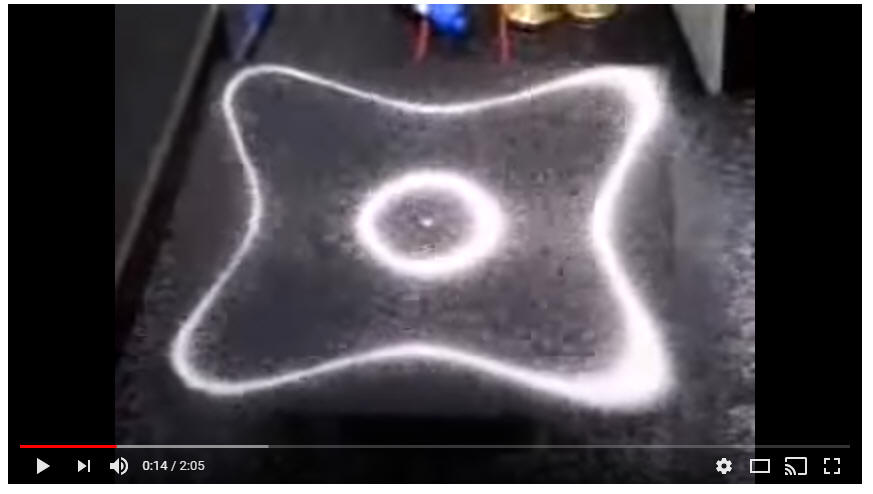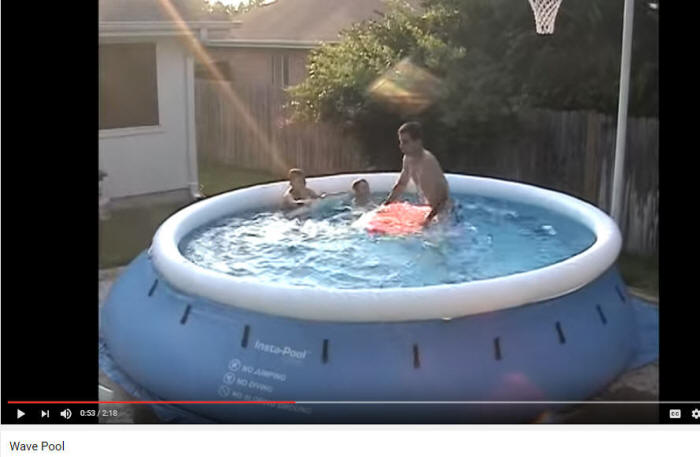Class 83 Monday 6/12/23
Warm Up:
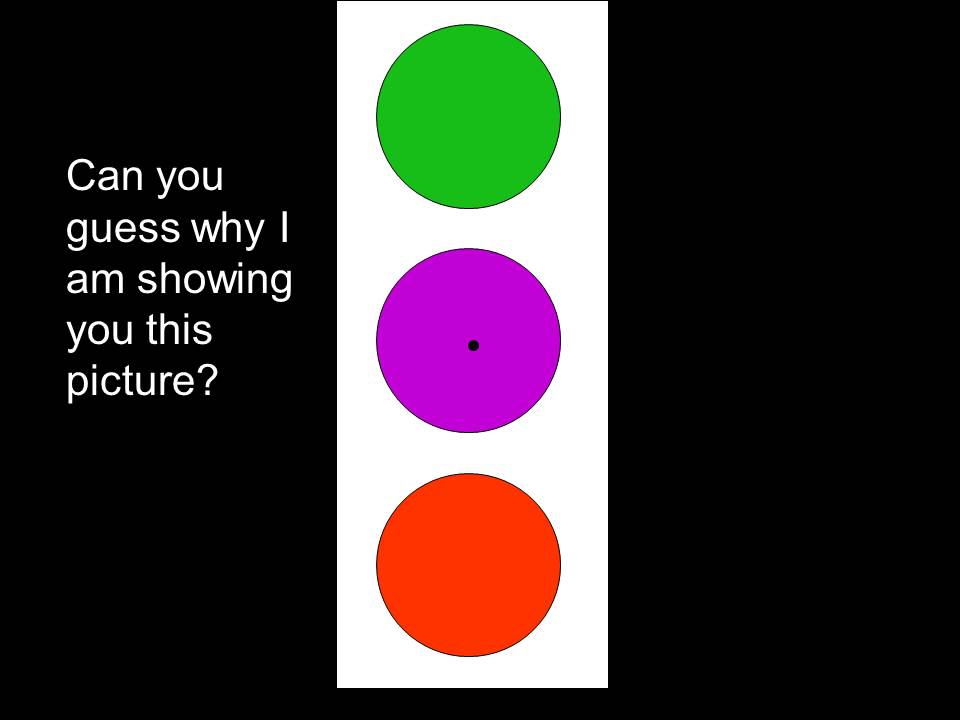
2. What are RGB and CMYK color models? What's the difference?
Today:
-
Quiz retake
-
Final exam review
-
Is there anything else you want to know about physics that we haven't already covered?
Homework:
- Prepare for final exam
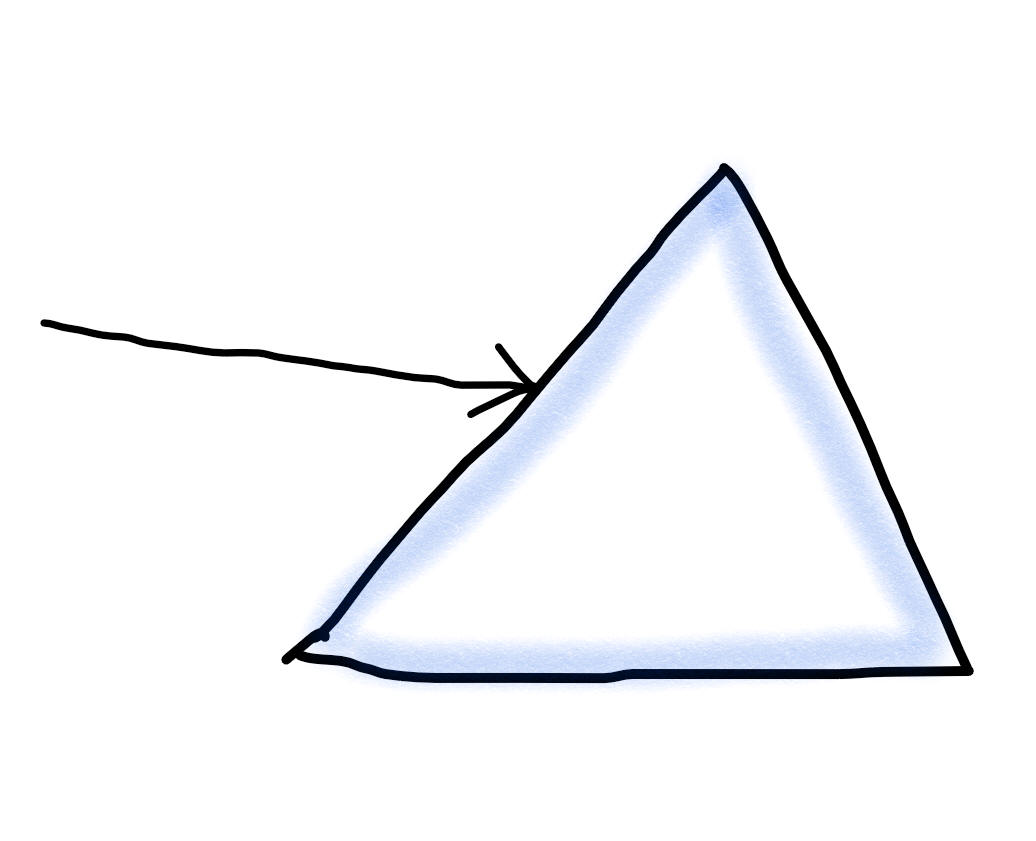 Class
82.5
Friday 6/6/23
Class
82.5
Friday 6/6/23
Warm Up:
The index of refraction (n) of a substance varies with the wavelength of the waves passing through the substance. This phenomenon causes dispersion, which is the separation during refraction of light rays of different color.
1. What are the colors of visible light, in order of wavelength?
2. If n decreases with increasing wavelength, where will the different colors emerge from this prism?
Scattering is the phenomenon whereby light "bounces off" of particles (e.g. N2 molecules, ice crystals, and smoke) in the sky. Shorter wavelengths of light are more susceptible to scattering than longer wavelengths.


2. Why is the sky blue?
3. Why are sunsets red?
Today:
-
Return Quizzes
-
??
Homework:
- Quiz retake on Monday
- Prepare for final exam
Class 82 Thursday 6/8/23
Warm Up:
Fred is conducting a laser experiment on a very, very, very fast train. He attaches a mirror to the roof of the train car and shines a quick pulse of laser light directly upward at the mirror. Hank is standing still outside the train. The train car is made of glass, so Hank can see the whole thing.
The pulse of laser light goes up, reflects off of the mirror, and then goes back down to the floor. There's enough dust in the air to make the laser pulse visible.
1) If Fred and Hank were to draw the laser pulse's "flight path" (as each of them sees it), what would each of them draw?
2) Who would see light travel a greater distance?
3) Assuming that the speed of the laser light is the same for both observers, who sees it travel for the longest amount of time?

Today:
-
Quiz -- does anyone need time to prepare?
-
Rotational Motion Jeopardy!
Homework:
- Quiz retake on Monday
- Prepare for final exam
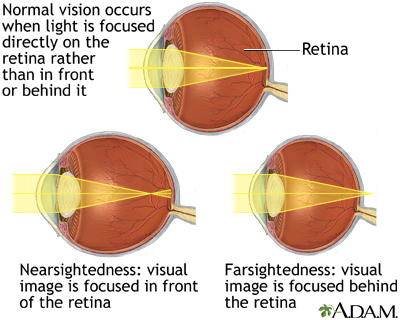 Class
81.5
Wednesday 6/7/23
Class
81.5
Wednesday 6/7/23
Warm Up:
1. Why can't humans see clearly under water?
2. Guess which condition (on the right) makes it easier to see clearly under water? How does this relate to seals?
3. Goggles and masks can be used to see clearly under water, but they distort the observed heights of objects. Do they magnify or reduce? Why?

Today:
-
Sorry, I haven't graded the retakes. I should have them graded by tomorrow.
-
Check homework
-
Rotational Motion Jeopardy!
Homework:
- Quiz tomorrow, like the practice quiz (Practice Quiz (p. 12) Solutions)
Class 81 Tuesday 6/6/23
Warm Up:
None
Today:
-
Sound/Waves test retake
Homework:
- Practice Quiz (p. 12) Solutions
- Optional Homework -- for a little extra (105% for completion -- on your honor) -- the Physics Classroom Concept Checker for optics. You can choose sudden death mode or marathon mode. First, you may want to check out the Interactive Lenses and Mirrors optics bench. In fact, you may want to use the interactive simulation while you complete the concept checker.
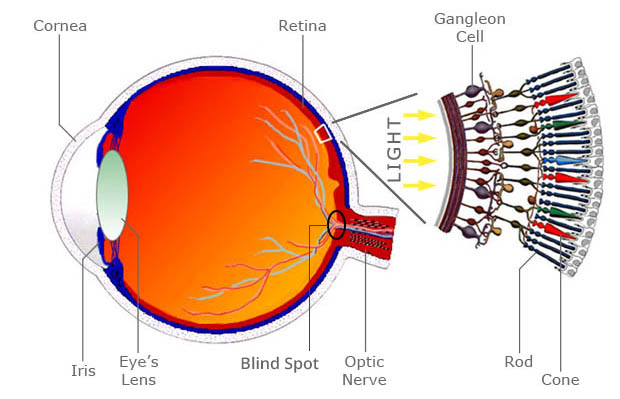 Class
80.5
Monday 6/5/23
Class
80.5
Monday 6/5/23
Warm Up:
1. What would you guess is the approximate focal length of the human eye?
2. Does that focal length change? Explain.
3. Why do we have a blind spot?
4. How can you "find" your blind spot?
Today:
-
Check/review homework
-
Discuss Final Exam
Homework:
- Sound/waves test retake tomorrow
- Practice Quiz (p. 12) on Wednesday
- Optional Homework -- for a little extra (105% for completion -- on your honor) -- the Physics Classroom Concept Checker for optics. You can choose sudden death mode or marathon mode. First, you may want to check out the Interactive Lenses and Mirrors optics bench. In fact, you may want to use the interactive simulation while you complete the concept checker.
 Class
80
Friday 6/2/23
Class
80
Friday 6/2/23
Warm Up:
Use your phone, a lens, and some paper to make an image, as shown on the right.
Today:
-
Finish ray diagrams on p. 7-9 Notes and Activity -- Lenses, Images, and Ray diagrams pdf video filled-in drawings
-
Using the Lens Equation (p. 10) -- video from class
Homework:
- Complete the lens equation problems on p.10-11. answers After the first couple, feel free to create a spreadsheet.
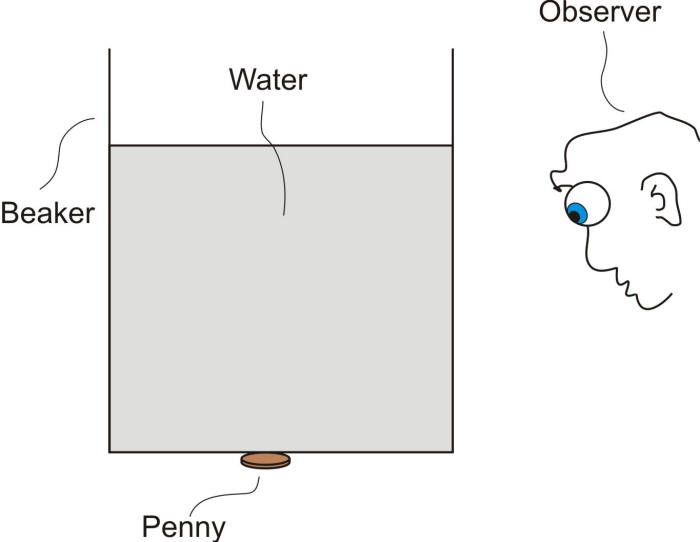 Class
79.5
Thursday 6/1/23
Class
79.5
Thursday 6/1/23
Warm Up:
1. Why can't the observer see the penny? (and why can't you see the fish in the tank?)
2. How can we make the penny or the fish visible by adding just one component to the system?
Today:
-
Check/review homework
-
Continue ray diagrams -- converging lens 3, and diverging lens 6 Notes and Activity -- Lenses, Images, and Ray diagrams pdf video filled-in drawings
Homework:
- None
 Class
79
Wednesday 5/31/23
Class
79
Wednesday 5/31/23
Warm Up: Where does the fish appear to be located (in the eyes of the spearfisher)?
Today:
-
Notes and Practice: Chapter 25.3-25.4 (refraction , Snell's Law, and critical angle) Filled-In Notes Video from class
-
B5/6 -- Reflection and Refraction Practice (non-quantitative) -- with laser ray boxes! Review any confusing ones.
-
Begin these notes on p. 6... Notes and Activity -- Lenses, Images, and Ray diagrams pdf video filled-in drawings
Homework:
- Practice problems (#1-17, but many have been deleted) on p. 4-5 of handout Solutions
Class 78.5 Tuesday 5/30/23
Warm Up:
The diagram below shows top views of the same boy looking into mirrors. On the right, the mirror is a simple flat mirror. On the left, the mirror is two separate mirrors arranged at right angles. The boy has one blue eye and one green eye.
When he looks in the mirrors, where will his blue eye appear to be? Why?
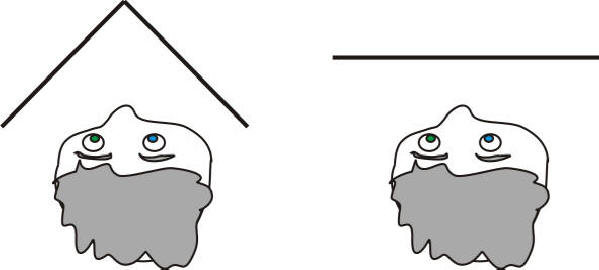
Today:
-
Return Tests
-
Begin Optics -- Optics Handout (PDF)
Homework:
- None. Enjoy your weekend!
Class 78 Friday 5/26/23
Warm Up: None
Today:
-
Test -- waves and sound
Homework:
- None. Enjoy your weekend!
Class 77.5 Thursday 5/25/23
Warm Up:
1. What were the loudest sounds ever (according to listverse)?
2. How is sound volume measured?
3. Why is there a theoretical limit on how loud a sound can be?
| Source of sound (in air) |
Sound Pressure -- amplitude (psi) |
Volume in Decibels, calculated by 20*LogP/Po |
Po (threshold of hearing, in psi) | Loudest divided by Quietest |
| Shockwave (distorted sound waves > 1 atm; waveform valleys are clipped at zero pressure) | 14.69543147 | 194.0956869 | 2.9E-09 | 5,067,390,163 |
| Theoretical limit for undistorted sound at 1 atmosphere environmental pressure | 14.69543147 | 194.0956869 | ||
| Stun grenades | 2.900652647 | 180.0019545 | ||
| Simple open-ended thermoacoustic device[6] | 1.830166788 | 176.0018534 | ||
| .30-06 rifle being fired 1 m to shooter's side | 1.053662074 | 171.206067 | ||
| M1 Garand rifle being fired at 1 m | 0.728498912 | 168.0006182 | ||
| Rocket launch equipment acoustic tests | 0.580130529 | 166.0225545 | ||
| Jet engine at 30 m | 0.091660624 | 149.9956962 | ||
| Threshold of pain | 0.009166062 | 129.9956962 | ||
| Vuvuzela horn at 1 m | 0.002900653 | 120.0019545 | ||
| Hearing damage (possible) | 0.002900653 | 120.0019545 | ||
| Jet engine at 100 m | 0.029006526 | 140.0019545 | ||
| Non-electric chainsaw at 1 m | 0.000913706 | 109.9681656 | ||
| Jack hammer at 1 m | 0.000290065 | 100.0019545 | ||
| Traffic on a busy roadway at 10 m | 9.15156E-05 | 89.98194182 | ||
| Hearing damage (over long-term exposure, need not be continuous) | 5.16316E-05 | 85.01035459 | ||
| Passenger car at 10 m | 2.90065E-05 | 80.00195455 | ||
| EPA-identified maximum to protect against hearing loss and other disruptive effects from noise, such as sleep disturbance, stress, learning detriment, etc. | #NUM! | |||
| Handheld electric mixer | 5.51124E-06 | 65.57702656 | Classroom Unit Ventilator | |
| TV (set at home level) at 1 m | 2.90065E-06 | 60.00195455 | ||
| Normal conversation at 1 m | 2.90065E-06 | 60.00195455 | ||
| Very calm room | 9.19507E-08 | 30.02313979 | ||
| Light leaf rustling, calm breathing | 9.16606E-09 | 9.995696197 | ||
| Auditory threshold at 1 kHz | 2.90065E-09 | 0.001954545 |
Today:
-
Check/review homework
-
Test review -- test tomorrow
-
We haven't seen the ruffed grouse. What else... Mechanical Waves Links
Homework:
- Test tomorrow
Warm Up: What is going on in this video? Explain the physics.
Today:
-
Check/review homework (lab and problems)
-
Notes: Modeling waves, packet p. Filled-in notes and homework solutions
-
Lab -- feats of physics with single-string electric guitars
-
An example of playing harmonics and "false harmonics" -- harmonics start at 2:54. What's the point?
-
Homework:
-
Write wave equations for these waves, in the form shown in the
diagram.
 Filled-in notes and homework solutions
Filled-in notes and homework solutions
 Class
76.5
Tuesday 5/23/23
Class
76.5
Tuesday 5/23/23
Warm Up:
If you're standing next to a race track, what do you hear as the cars pass you?
a. The cars' pitches change from high to low.
b. The cars' pitches change from low to high.
c. There is no change in pitch
Today:
-
Return retakes
-
Check/review homework (lab and problems)
-
Notes: Doppler Effect, packet p.11 Filled-In Notes
Homework:
- Doppler Problems, p. 12-13 Solutions
Class 76 Monday 5/22/23
Warm Up:
NoneToday:
-
Test retake
-
Test on Friday -- 10 minutes shorter than usual, due to the "Hullabaloo."
Homework:
-
Check your answers to the homework. Watch the lab videos.
Only watch the p. 17 video if you had trouble.
- Lab Video- Pipe resonance lab, explained -- #7 is a bit confusing watch the next video, too #7 -- clearing up confusion
- p. 17 problems video
Warm Up:
What is going on here? What waves concepts can you spot in this "wave pool video?"
Today:
-
Check/review homework
-
Finish the lab
Homework:
- Finish the lab questions
- Packet p. 17 Answers/Solutions
Warm Up:
1. What do the terms resonance and forced vibration mean?
2. Which term applies to the body of a string instrument amplifying the string's sounds?
3. Which term applies to breaking glass with sound waves?
Today:
-
Check/review homework
-
Resonance lab, pages 9-10
Homework:
- Packet P. 15-16, except for #7, and #17 Answers/Solutions
 Class
74.5
Wednesday 5/17/23
Class
74.5
Wednesday 5/17/23
Warm Up: Assuming that the string on the right has a length of 1m, and also assuming that tension is kept constant...
1. How many nodes and antinodes are pictured?
2. Does this picture represent the fundamental frequency? If not, what is the fundamental frequency?
3. What is the speed of the waves that are traveling along the string?
4. What wavelengths and frequencies can produce standing waves in this string?
5. Why is it important that the tension is kept constant?
Today:
-
Check/review homework
Homework:
- Practice: #5 and 6 on p. 8 of the packet. Solutions
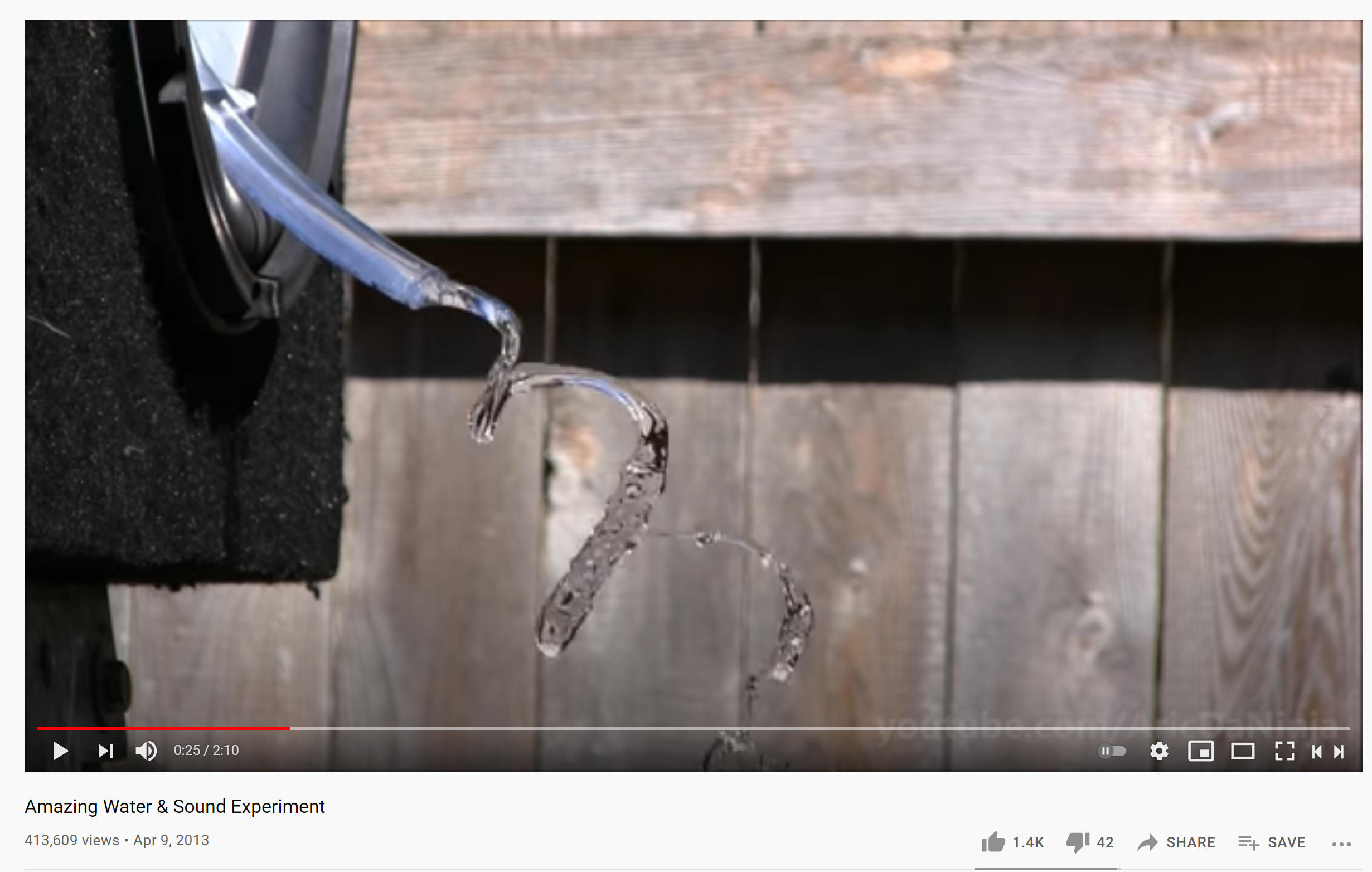 Class
74
Tuesday 5/16/23
Class
74
Tuesday 5/16/23
Warm Up: What's happening in the "Amazing Water and Sound Experiment?"
Today:
-
Test retakes on Monday
-
Notes through page 4 in -- Unit 11 Handout PDF Filled-in notes
-
Begin Resonance lab (p. 9-10)
Homework:
- Practice: #1-4 on p 7-8 of the packet. Solutions
Warm Up: How does a speaker work?
Today:
-
Return tests
Continue the new unit notes -- the first part of the Unit 11 Handout PDF
-
Notes: Sound (filled-in version)
Homework:
- Practice: 17.1-17.3 (Sound) Solutions
Class 73 Friday 5/12/23
Warm Up: None
Today:
-
Test
Homework:
- None
 Class
72.5
Thursday 5/11/23
Class
72.5
Thursday 5/11/23
Warm Up: The pickle, again. Why does it light up on just one end?
Let's assume that the salty, juicy, pickle has an initial resistance of 8 ohms. What happens when current first begins to flow? Why does light appear? How does that change resistance? What does that do to power?
Today:
-
Test review?
-
Continue the new unit notes -- the first part of the Unit 11 Handout PDF
Homework:
- Study

 Class
72
Wednesday 5/10/23
Class
72
Wednesday 5/10/23
Warm Up: Suppose you wired the bulb and the table saw (see photos) on the same circuit in your house.
1. What would happen if you wired them in series?
2. What would happen if you wired them in parallel?
3. What would happen if you kept adding more of them to the circuit (in series or in parallel)?
4. Does this fit well with the water and delivery truck analogies?
Today:
-
Check/review the homework
-
Review the lab -- hand out markings then turn them back in.
-
Test on Friday over circuits and current
-
Start the new unit -- Get the first part of the Unit 11 Handout PDF
Homework:
- None. Test prep.
 Class
71.5
Tuesday 5/9/23
Class
71.5
Tuesday 5/9/23
Warm Up:
Suppose you wire a circuit with the two bulbs, the battery on the right, wires of negligible resistance, and no other resistors. Depending on how you set up the circuit, either bulb could burn brighter.
1. How could you wire the bulbs so that both of the bulbs light up the 10 ohm bulb burns brighter?
2. How could you wire the bulbs so that both of the bulbs light up the 1 ohm bulb burns brighter?
3. Which scenario would produce the brightest bulb? Which bulb would it be?
4. Which scenario would produce the dimmest bulb? Which bulb would it be?
Today:
-
Check/review the homework
-
Review the lab -- hand out markings then turn them back in.
-
Test on Friday over circuits and current
-
Work time
Homework:
-
Finish practice test -- problems
Problems
Video Test formulas:

Warm Up:
The figure on the right clarifies a formula that can be used for calculating the resistance (R) of a wire. Can you figure out what it means and how it makes sense?
Today:
-
Check/review the homework
-
Finish the notes
